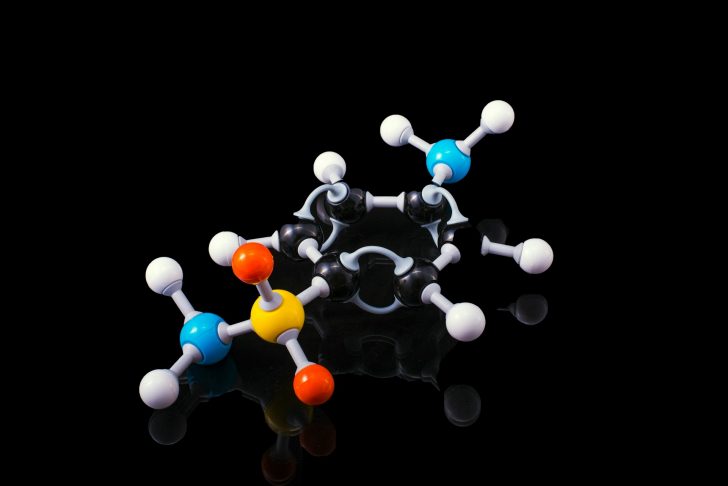Have you ever wondered what gives everything around us its distinctive color? From the lush greens of summer leaves to the deep blues of the ocean, color defines our visual experience. But when it comes to the microscopic world, particularly atoms, the question arises: Do atoms have color? This article will explore the fascinating world of atomic interactions with light to uncover whether atoms possess inherent colors and how this affects our understanding of the world.
What Are Atoms?

Steve Johnson | Pexel | Every solid, liquid, gas, and plasma is composed of neutral or ionized atoms.
An atom is the smallest unit of ordinary matter that forms a chemical element. Every solid, liquid, gas, and plasma is composed of neutral or ionized atoms. Atoms comprise three main components: protons, neutrons, and electrons. The protons and neutrons form the nucleus, while electrons orbit this nucleus at various energy levels.
How Atoms Interact with Light
To address whether atoms have color, we need to explore how they interact with light. Light is a form of electromagnetic radiation that is visible to the human eye. It comprises photons, which are energy packets that travel in waves. When light interacts with matter, various phenomena can occur, including reflection, refraction, absorption, and emission of light.
With their electron configurations, atoms play a pivotal role in these interactions. When photons of light hit an atom, they can be absorbed by the electrons. This absorption occurs only if the energy of the photons matches the energy needed for an electron to jump from a lower to a higher energy level. After absorbing energy, an electron resides in an excited state momentarily before returning to its original state, releasing energy in light. This emitted light can have a specific color depending on the energy difference between the electron's states.
Do Atoms Have Color?
At a fundamental level, atoms themselves do not have color in the way we typically understand it—colors are not intrinsic to atoms. However, they do interact with light in ways that can give the appearance of color under certain conditions. For instance, when white light—comprising all colors—shines upon atoms, they selectively absorb and re-emit specific colors based on their electron configurations.

Trophim Lapteff | Unsplash | Atoms interact with light in ways that can give the appearance of color under certain conditions.
Imagine a glass jar filled with atoms. When illuminated with a flashlight, the light mostly passes through the jar. However, observing the jar from different angles may show it glowing with a specific color. This is because the atoms inside the jar absorb certain colors from the white light and then re-emit them in all directions. This phenomenon is vividly observable in sodium, which emits a bright yellow glow.
Real-Life Examples and Applications
The concept of atoms interacting with light has practical applications in various fields. For example, in astronomy, scientists use the principle of light absorption and emission to determine the composition of stars and planets. Each element has a unique "fingerprint" in the light spectrum it emits or absorbs, which can be analyzed to identify the elements present in a celestial body.

Terry Vlisidis | Pexels | Atoms contribute to the vivid hues and shades that enrich our daily lives.
In everyday life, this principle is applied in neon lights and other types of discharge lamps. Each gas emits a characteristic color when an electric current passes through it. For instance, neon emits a reddish-orange glow, while mercury vapor produces a blue light.
Conclusion
So, do atoms have color? While atoms do not possess color in the traditional sense, they are integral to the colorful world we see around us. Through the selective absorption and emission of light, atoms contribute to the vivid hues and shades that enrich our daily lives. Understanding how particles interact with light satisfies our curiosity and enhances our ability to use this knowledge in technology and science.





